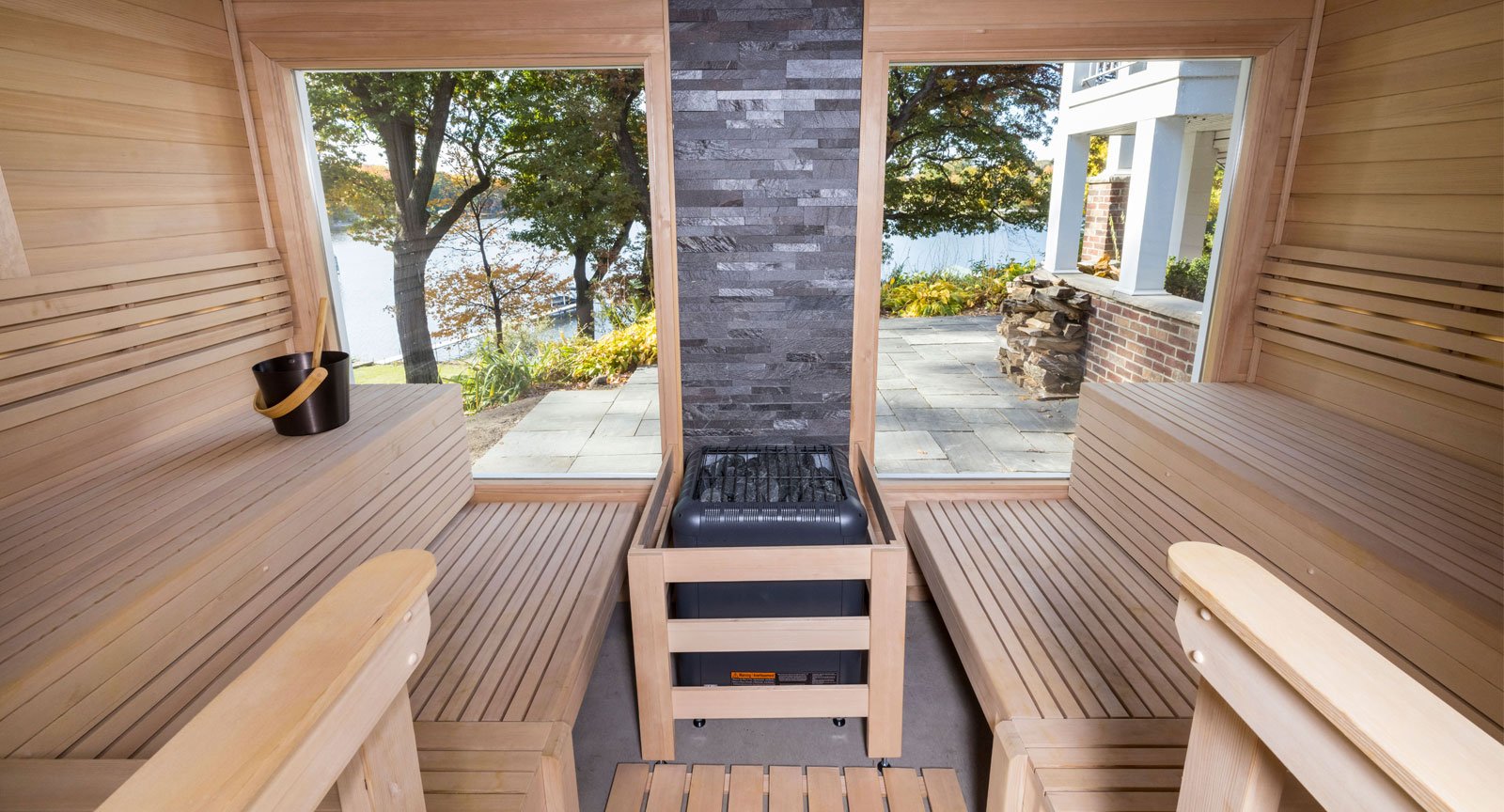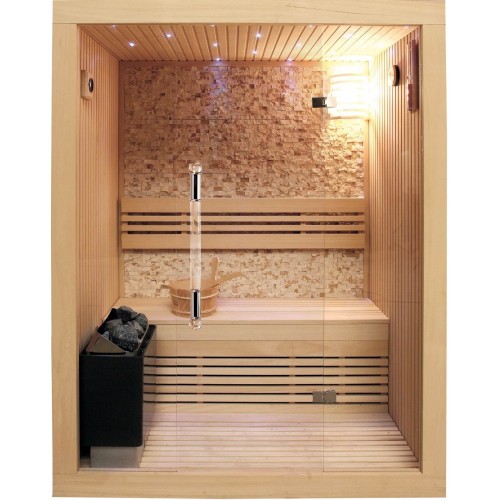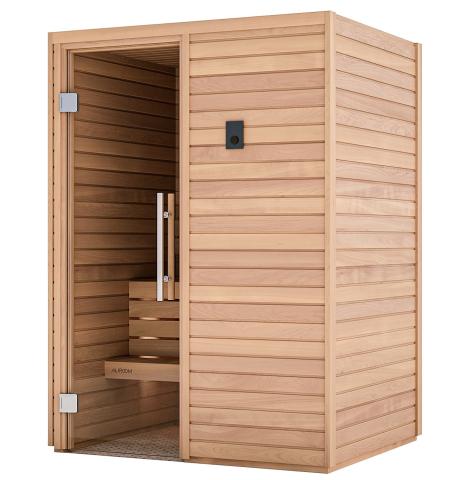Our Traditional Sauna Ideas
Our Traditional Sauna Ideas
Blog Article
Everything about Traditional Sauna
Table of ContentsAll About Traditional SaunaTraditional Sauna Things To Know Before You BuyUnknown Facts About Traditional SaunaTraditional Sauna Fundamentals ExplainedSome Known Facts About Traditional Sauna.
The majority of the weight lost in a sauna is water loss and is re-gained upon rehydrating. Without an uncertainty sauna can be a vital part of a healthy and balanced weight loss program. To look at the differences between traditional and IR saunas, I will separate these into verifiable, theoretical, and produced differences.Therefore, the best factor in the saunawhich goes to the ceiling directly above the sauna heateris typically between 185 and 190 F. Claims that a typical sauna exceeds 200 F is merely not real and not suitable for electrical saunas marketed in the US. The temperature for a far-infrared sauna is generally established between 120 and 140 F; nevertheless, unlike the conventional sauna, the objective in and IR area is not to accomplish a high temperature.
Due to this, the temperature level distinction is practically unimportant, considering that profuse sweating leads to both sauna kinds, however the method of heating the body is various. In an IR sauna the bather will certainly feel hot and will sweat profusely, however at a lot lower temperature levels (Traditional Sauna). Thus, if the objective is to spend longer periods of time in the sauna, the IR sauna is a good selection
When a standard sauna has been correctly heated up, the sauna wall surfaces are warm, the air temperature level has attained set temperature level and the rocks are extremely heated. As an interesting side note, the heated walls and the rocks are emitting far-infrared warmth, incorporated with the warmed air, to produce an "enveloping warm".
See This Report about Traditional Sauna

When the heat is attained, the components cycle on and off to keep the high temperature level. Most conventional sauna individuals appreciate pouring water over the rocks to create heavy steam to elevate sauna humidity degrees. The advantages of pouring water over the rocks include: making the space more comfortable, moistening the nasal flows, and allowing the use of aromatherapy by mixing crucial oils with the water.

When the energy goes into the body, it causes the body temperature to raise and eventually results in perspiration. In an infrared sauna it is essential for the emitters/heaters to continue to be on nearly continuously. Because there is no mass of rocks to keep heat, the sauna will certainly cool if the emitters turned off.
As discussed over, the sauna bather in an infrared room intends to position himself in front of operating emitters to get maximum gain from the warm. The home heating time for both spaces can be extremely different, depending on just how the spaces are used. For a typical sauna, a bather should permit 30-40 minutes for the room to achieve a desired temperature and to appropriately pre-heat the rocks.
Not known Facts About Traditional Sauna
A well built sauna will commonly accomplish a temperature of 150-160 F in concerning 30-40 mins. For hotter temperature levels, the room may require to heat for a longer duration. When the content area attains set temperature level, the heater will cycle on and off, generally running concerning Your Domain Name 50% of the time. The protected walls and the heated rocks will certainly maintain the area hot and at steady temperatures.

Typical saunas tend to be larger (hence make use of even more electrical energy) than infrared saunas, although standard saunas are definitely available in one and two person dimensions too. For a two-person traditional sauna, 5x6 or 5x7 dimension is most popular. The leading bench can easily seat two or three individuals and is also long sufficient to lie down throughout the sauna session.
Unknown Facts About Traditional Sauna
The ordinary expense per kWH of electrical energy in the U.S. is approximately $0.11, so a 4.5 kW heater will certainly cost around $.50 to compete one hour, if the heating system runs continuously for one hour. Typically a sauna heating unit will certainly run for 75% of the initial hour and 50% of succeeding hours on since the this article aspects cycle once the established temperature is accomplished.

There is a hardly ever talked about difference in the social experience in between the 2 rooms. While our society has actually shed some of the social advantage of the typical sauna experience, it can be really socially rewarding (Traditional Sauna). From family members time in the sauna, to heart-felt conversations with loved ones, to sauna partiesthe typical sauna experience can result in intimate socializing
What Does Traditional Sauna Mean?
Most greater end infrared areas consist of tinted light treatment, audio systems and full-glass fronts.
Report this page